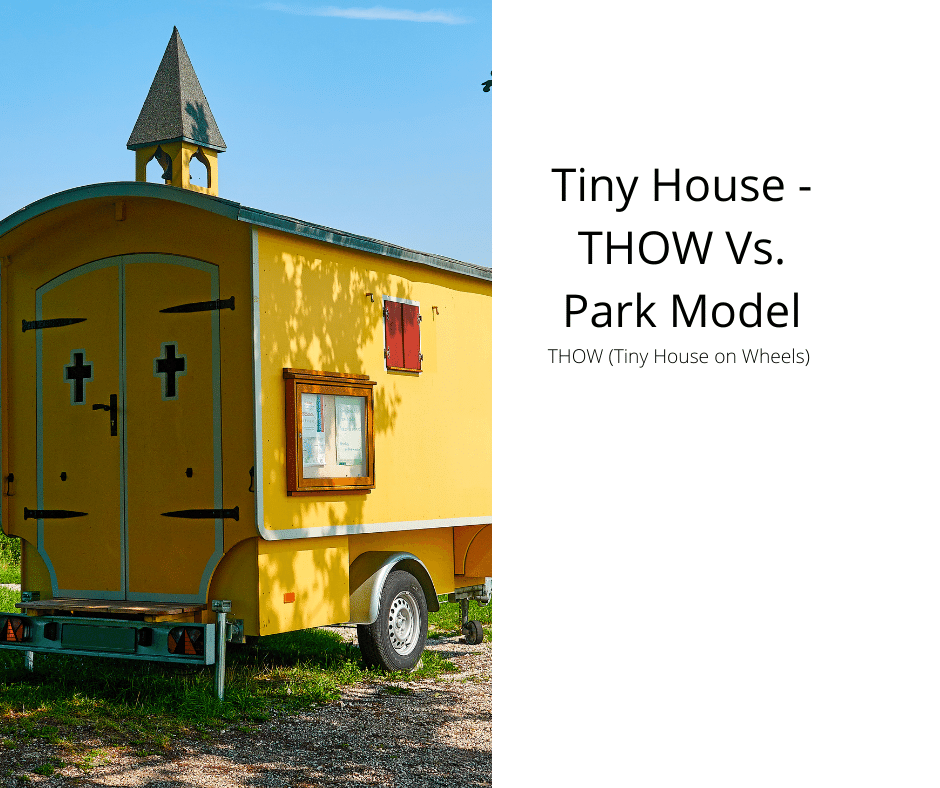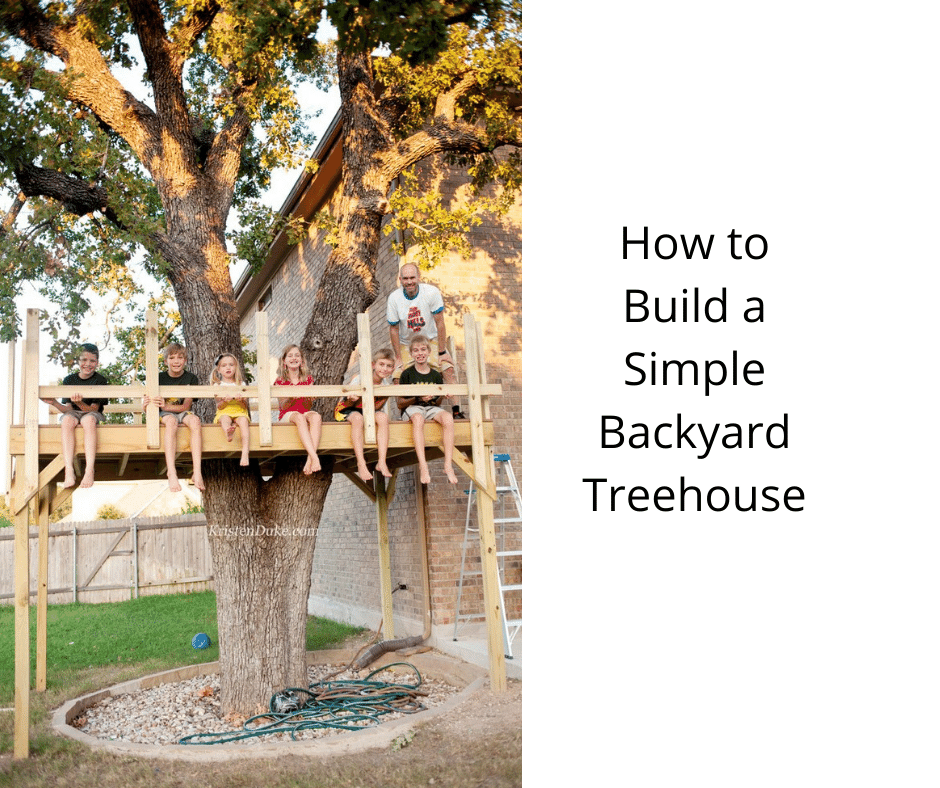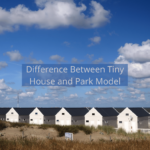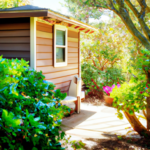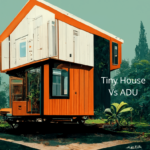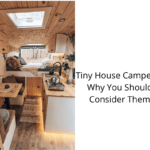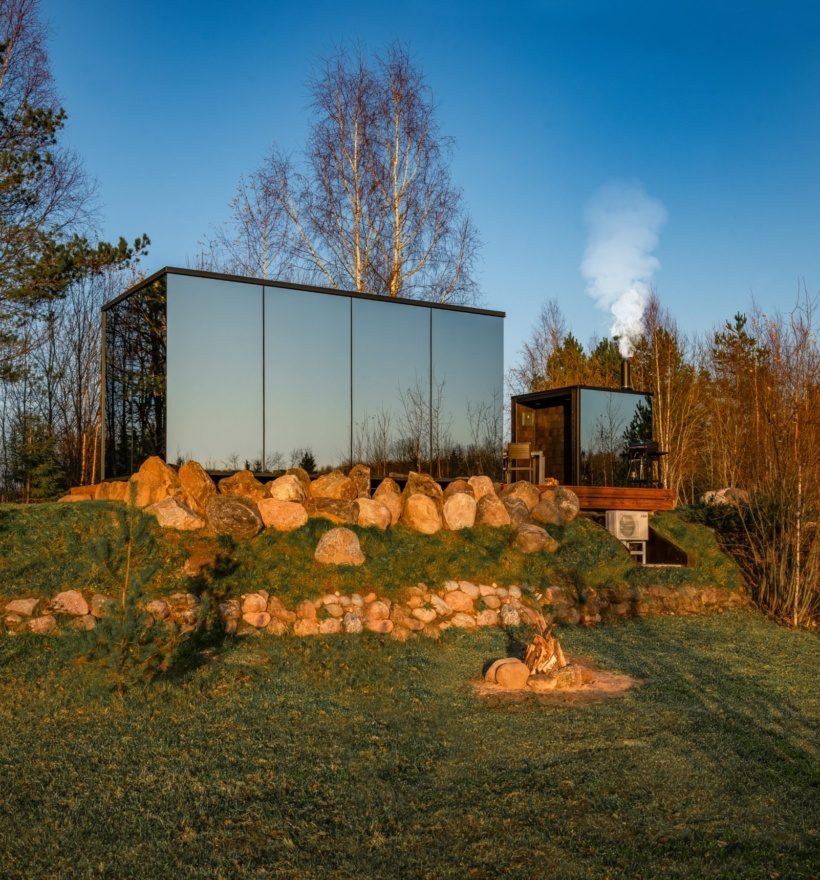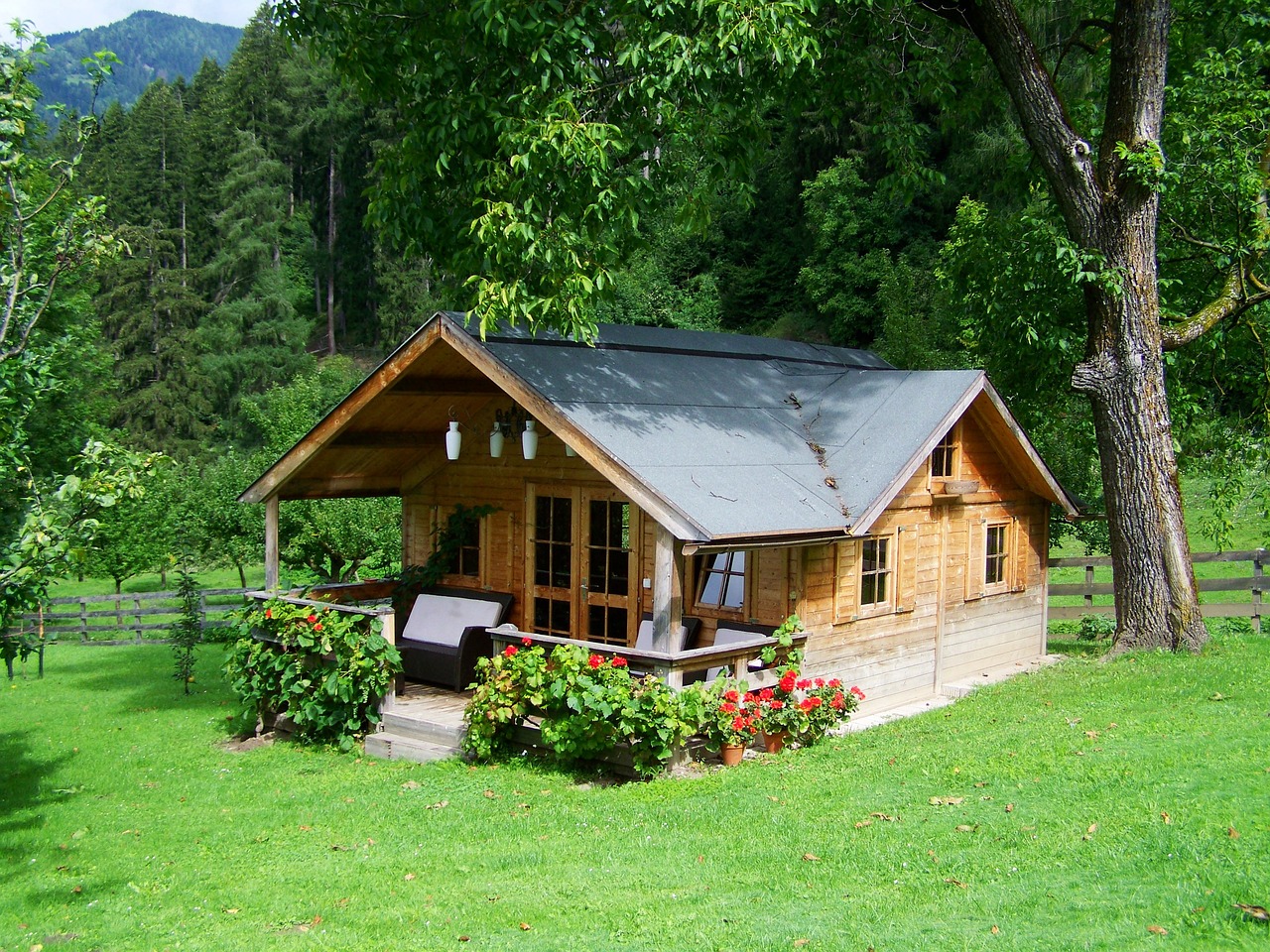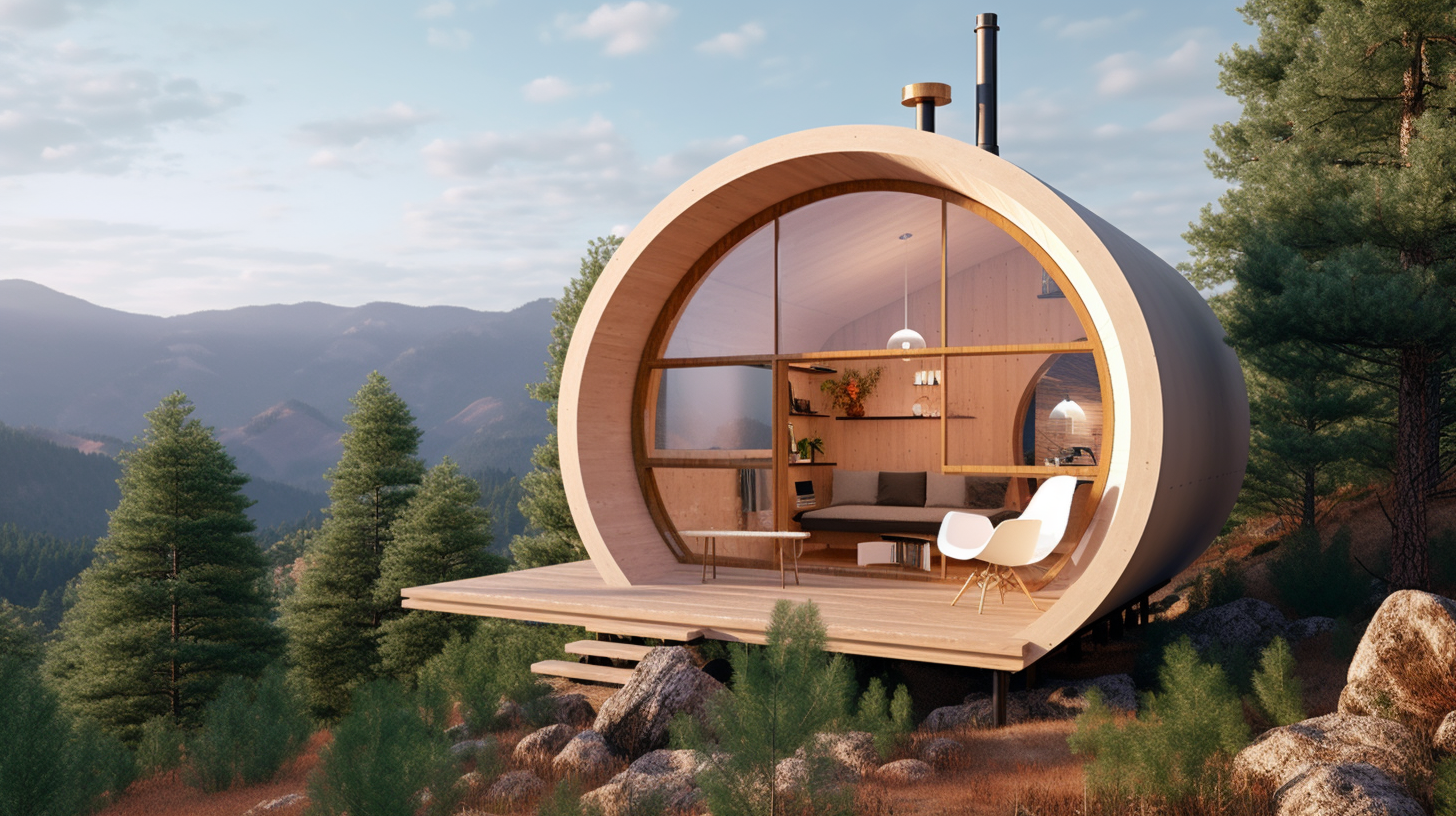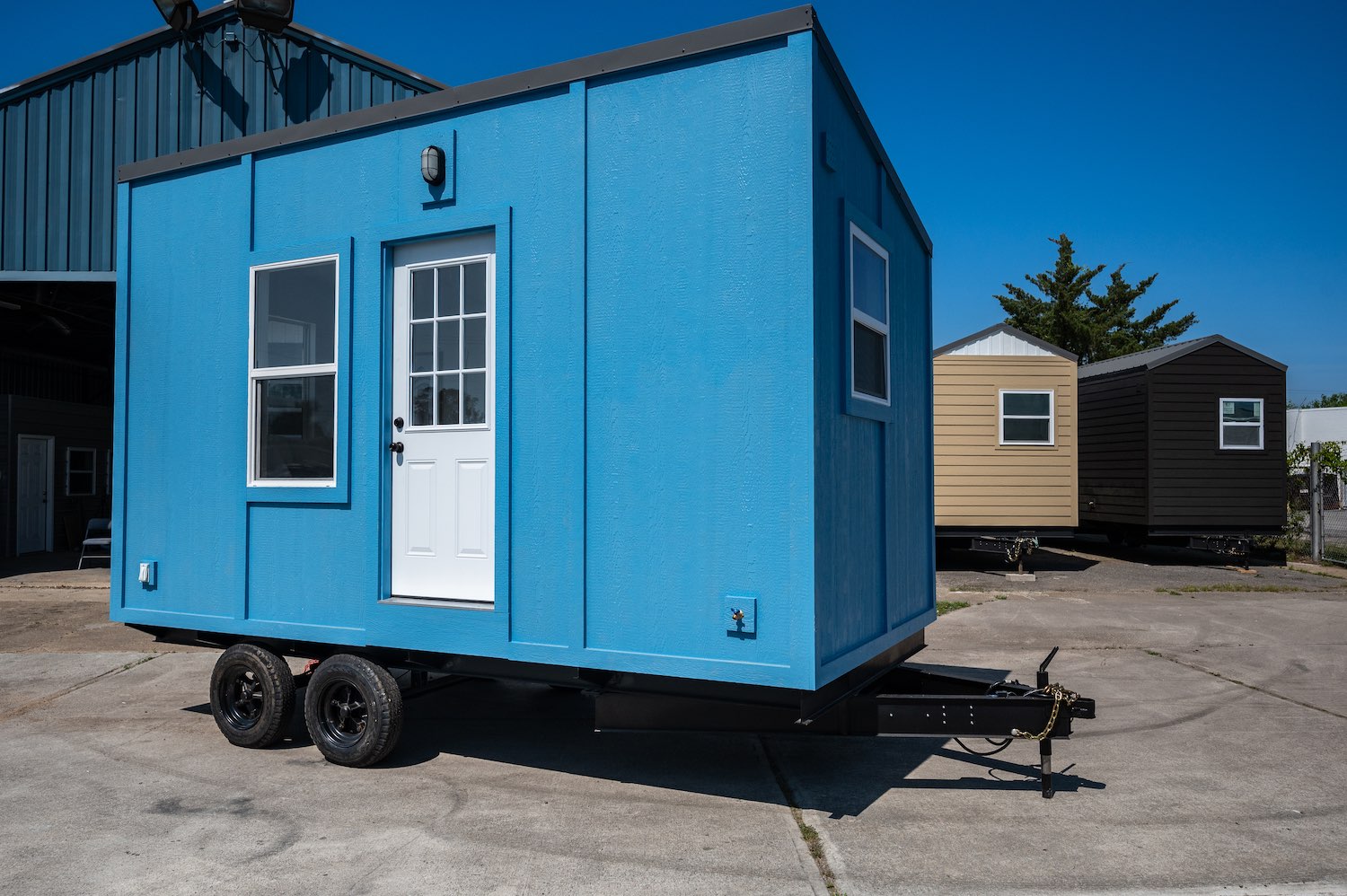Owning a Tiny House on Wheels (THOW) provides numerous benefits compared to a park model. Tiny houses offer increased safety compared to RVs and have superior weather resistance. Additionally, they allow for cost savings due to their smaller size, making them a more affordable option. To learn more about these tiny home variations, click here. We detail the main differences between the two. Importantly, a THOW is more energy-efficient than an RV, making it a better choice for those looking for permanent living options.
THOWs (Tiny House on Wheels) Are Safer than RVs
A THOW is like a tiny home on wheels. It resembles a one-room home with basic amenities but sits on wheels. A THOW is towed by a travel trailer and is attached to the vehicle’s towbar. Because it’s a temporary dwelling place, THOWs need to meet Federal Motor Vehicle Safety Standards. These homes are safer than RVs because they’re smaller and lighter.
Tiny home trailers have more space than RVs do. THOWs usually have a bedroom and a full bathroom and plenty of storage space. While RVs are less aerodynamic and can be more easily hauled, THOWs have better insulation. A tiny home can accommodate a larger family than a motorhome. And they are designed with ample room for guests. THOWs are also more spacious than a standard RV.
THOWs Are Cheaper
THOWs are often more affordable than park model tiny homes. One main reason is that they don’t require a building permit. They also have larger square footage than a standard RV. But they are still more expensive than typical RVs, and THOWs aren’t meant to be moved frequently. They’re also considered regular homes and their quality varies depending on their year of construction.
The construction process of a THOW is more complicated than building a park model tiny house. While both types of homes are designed to fit in a vehicle’s towbar, THOWs are built to be stationary. These homes often have cathedral-style ceilings to make them seem larger. Bedrooms are typically located on the loft. There are two types of THOWs: one is a single-story home, the other is a double-story model.
The main difference between THOWs and park models is the size. Park models are more spacious than tiny houses, with separate rooms and more storage space. They are also easier to maintain, and some come with extra amenities like washer and dryer units. THOWs have the same number of bedrooms, but a park model may have a bigger living space, while a THOW is more compact.
The price of a THOW depends on its customization. A fully custom-built THOW can cost anywhere from $60,000 to a hundred thousand dollars. Custom-built homes are usually fully furnished but are much more expensive than a standard park model tiny house. Custom-built tiny houses are usually made according to a customer’s specifications. The builder may need to secure materials, draw plans, and work long hours for their clients.
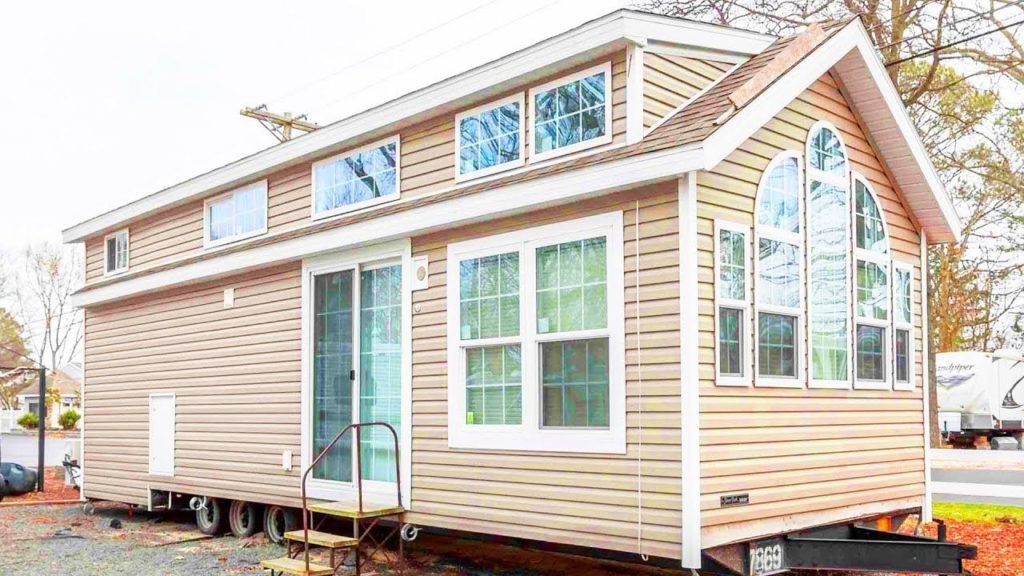
THOWs Are Smaller
Although THOWs are much smaller than park model tiny houses, they have several differences. They are more portable than a park model tiny house and are legal in many cities and counties. In addition, they are generally made of lighter materials than park models. In addition, some THOWs are even legal in some states. Despite this, some essential things to consider before purchasing a THOW.
Park Model tiny houses are a great option for people who cut their living expenses in half. They tend to be cheaper than conventional homes but also have hidden costs. These hidden costs can include land, utilities, water bills, and maintenance. In addition, you must consider the craftsmanship of the builder. You should also consider whether the home includes a warranty. Finally, you should think about the furnishings. If you’re thinking of a THOW, you’ll want to make sure that it fits your family’s needs and your lifestyle.
Tiny homes typically have smaller dimensions than park models. The smallest ones are about 8 feet 3 inches wide. They are also easier to move than park models. Their maximum width is about 8 feet, whereas a park model trailer is about 10 to 12 feet. As a result, you’ll have to apply for special permits to move it. Despite this, THOWs are designed to be mobile and can be easily transported. They are typically only a few feet wide but still wider than a standard park model manufactured home.
THOWs and park models are two different types of tiny homes. While both are designed to give you the convenience of tiny living, THOWs are much smaller than park models. Park models are generally built by RV manufacturers and must meet certain standards to qualify for the RVIA seal. THOWs are still relatively new, and many do not meet basic building code standards. Despite this, they do provide a simplified version of the tiny living lifestyle.
I’m Theodore, and I love tiny houses. In fact, I’m the author of Tiny House 43, a book about tiny houses that are also tree houses. I think they’re magical places where imaginations can run wild and adventures are just waiting to happen.
While tree houses are often associated with childhood, they can be the perfect adult retreat. They offer a cozy space to relax and unwind, surrounded by nature. And since they’re typically built on stilts or raised platforms, they offer stunning views that traditional homes simply can’t match.
If you’re looking for a unique and romantic getaway, a tree house tiny house might just be the perfect option.
